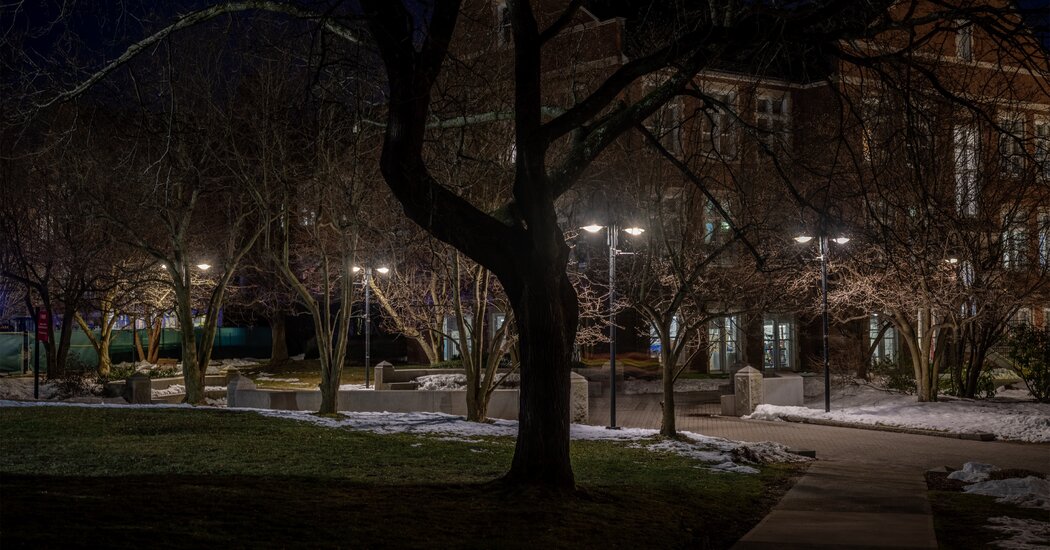
The first death happened before the academic year began. In July 2021, an undergraduate student at Worcester Polytechnic Institute was reported dead. The administration sent a notice out over email, with the familiar, thoroughly vetted phrasing and appended resources. Katherine Foo, an assistant professor in the department of integrative and global studies, felt especially crushed by the news. She taught this student. He was Chinese American, and she felt connected to the particular set of pressures he faced. She read through old, anonymous course evaluations, looking for any sign she might have missed. But she was unsure where to put her personal feelings about a loss suffered in this professional context. What was the appropriate channel for processing, either with co-workers or students, the sorrow and fear that the death of a student inspired? Foo went on preparing for her fall classes.
The week before the academic year began, a second student died. A rising senior in the computer-science department who loved horticulture took his own life. This brought an intimation of disaster. One student suicide is a tragedy; two might be the beginning of a cluster. Some faculty members began to feel a tinge of dread when they stepped onto campus.
Worcester Polytechnic Institute in Massachusetts is a tidy New England college campus with the high-saturation landscaping typical of well-funded institutions. The hedges are beautifully trimmed, the pathways are swept clean. Red-brick buildings from the 19th century fraternize with high glass facades and renovated interiors: a new sports complex, a new “well-being” center. Students were still not allowed to congregate in large groups, so the lush quads and dining halls were eerily silent.
